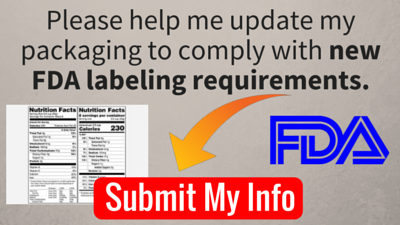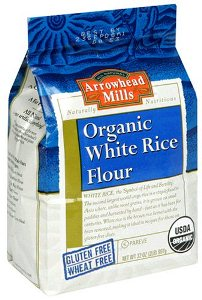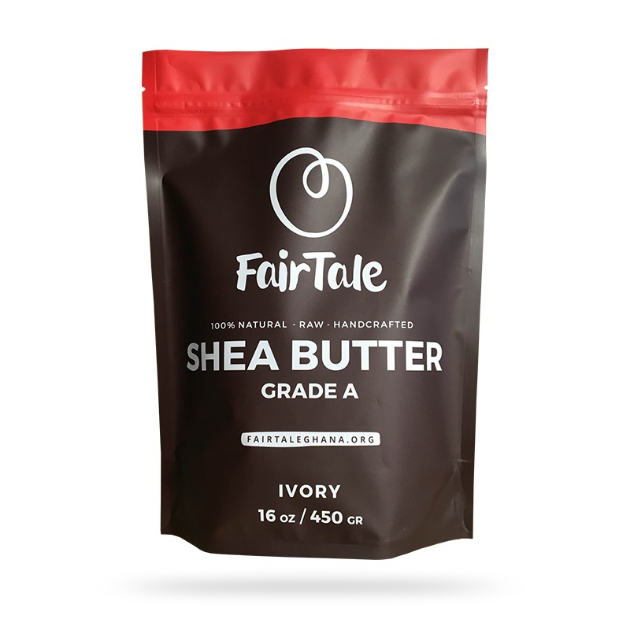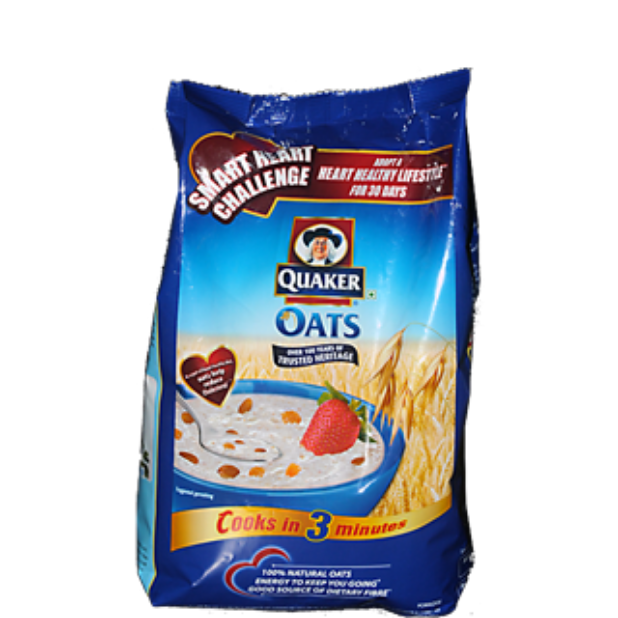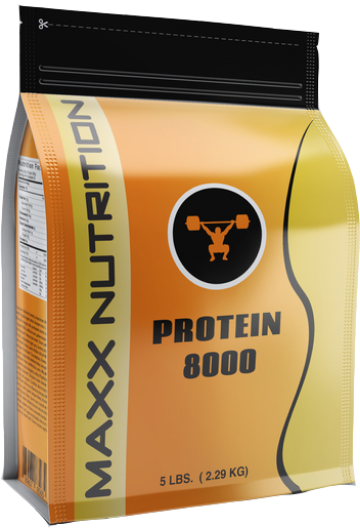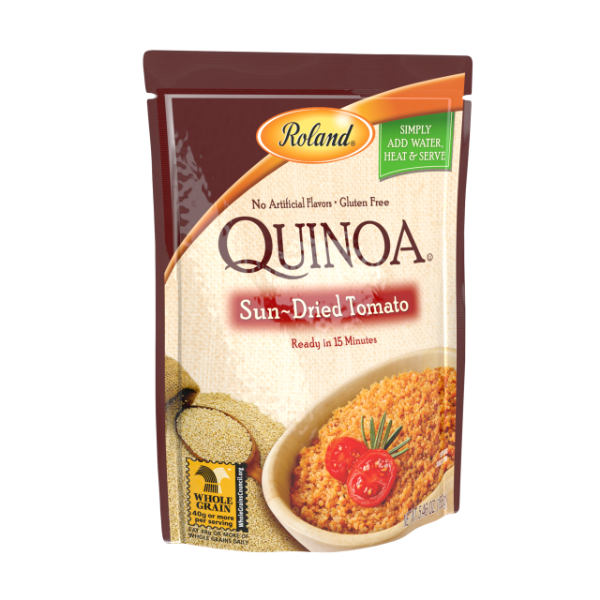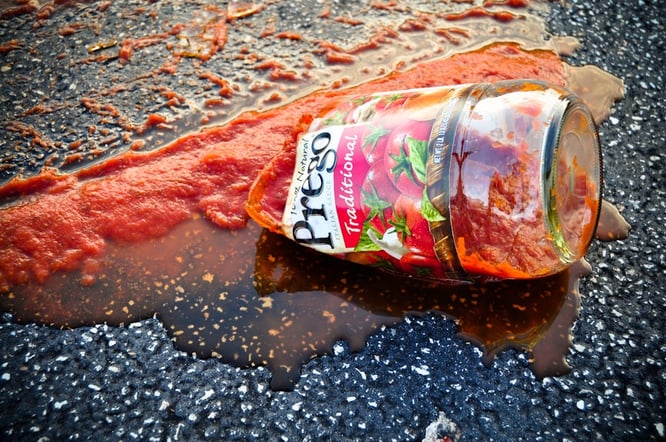
Donald Trump’s race to the White House has been filled with much discussion and debate from both sides — one of the most interesting hot topics involves his views on the future of the food industry.
Last week, Trump unveiled a new proposal to eliminate specific regulations regarding food and packaging safety. The republican presidential nominee referred to the Food and Drug Administration as the “food police,” and feels removing food safety requirements will help consumers and businesses. His theory is similar to one proposed by Libertarians many years ago, stating a free market will take care of food safety. This theory, however, was tested effectively disproven — and the effects of zero regulation have shown to be highly detrimental and dangerous to the public.
Before food was regulated and sold in FDA approved food packaging, trust between manufacturer and consumer appeared to not even be on many people’s radar. Now, consumers seek transparency from the bands they devote their loyalty and money to, and regulations regarding safe packaging, clear labeling, and good manufacturing practices has increased trust among the public — and has resulted in greater successes for food companies. However, prior to the requirements enacted by the FDA, many food brands would recklessly deceive customers with actions like making food with little to no “real” ingredients. (e.g. strawberry jam contained no actual strawberries but was artificially colored and flavored to appear that it did.)
Interestingly, ketchup was one of the worst offenders during the era before food safety and protective packaging regulations. Several brands producing the condiment were discovered to have used unsanitary storage practices to preserve and prolong the amount of tomato pulp they had on hand. The result of not regulating how ingredients were stored and packaged was inedible food — mold, spores, and bacteria would grow on the tomato puree, and these brands aimed to combat this issue by adding harsh chemicals to the fruit to try and fight contamination.
Proper protective packaging could have helped prevented this. However, if history is doomed to repeat itself, no regulations for the product and packaging means food could easily become inconsumable and dangerous. The proposed elimination of FDA laws would result in spoiled and contaminated products, or food pumped with unsavory additives like acids and formalin.
It is worth noting that one ketchup brand, Heinz, has been a leader in ensuring its ketchup is safe and uses the most effective and protective FDA approved food packaging. Good packaging can also be tied into an effective, multifaceted marketing strategy. Heinz was one of the few brands that sold sanitary ketchup before regulations regarding food and protective packaging were enacted, and the company made it a point to market itself as a manufacturer of “untainted foods.” The brand still promotes itself as a Pure Foods Company, and this commitment to using fresh, safe ingredients and preserving them in high-quality FDA approved food packaging sets a standard for good manufacturing practices that every brand on the market today would be wise to do in order to build consumer trust keep the public safe.
Heinz has held its place as, arguably, the largest and most successful ketchup company, and its efforts toward constant improvement and a consistent commitment to keeping their food products free of harmful additives or contaminants can be clearly communicated right on its packaging. Throughout its product line, Heinz has adopted flexible stand up pouches and spouted pouches because they offer product protection and resistance from harmful outside elements that other containers simply can’t beat.
Stand up pouches and other forms of flexible retail packaging are FDA approved and contain several layers of barrier film, each serving a specific purposed aimed at keeping food, and consumers, safe. The outer barrier layer blocks the rest of the packaging (and product inside) from external factors that could come in contact with the food inside. The next layer contains custom printed designs using safe, water-based inks. The innermost layer is made of food-grade materials that are approved by the FDA, as this liner is what comes in contact with the food product itself. All layers are then laminated together to create a strong but flexible structure that preserves the shelf life of food by eliminating its exposure to light, moisture, and air, which can become a breeding ground for bacteria and mold.
Flexible, safe packaging can be customized to include educational materials that keep consumers informed about what exactly they are eating. Consumers seek transparency from brands, and an elimination of regulations mean mislabeling and misleading claims will occur if food companies have no set standards to adhere to. This proposal also has much more detrimental implications – like failing to use protective packaging that mentions the food product contains allergens, chemicals, or ingredients that are simply unsafe for human consumption. Food brands then become liable for making people ill, resulting in recalls and a surefire break in consumer trust.
The FDA recently announced changing requirements regarding Nutrition Facts labels — a move to increase transparency between brand and consumer and help improve public health overall in 2018 and beyond. The bottom line is this: Using packaging and labels as a way to remain transparent is effective, and protective packaging keeps food safe from spoilage or contamination. Standards and regulations ensure brands avoid misleading and hurting consumers, and it helps boost the quality, flavor, and appeal of food products overall.
(Image Sources: Plate of Wander, BusinessWire)

